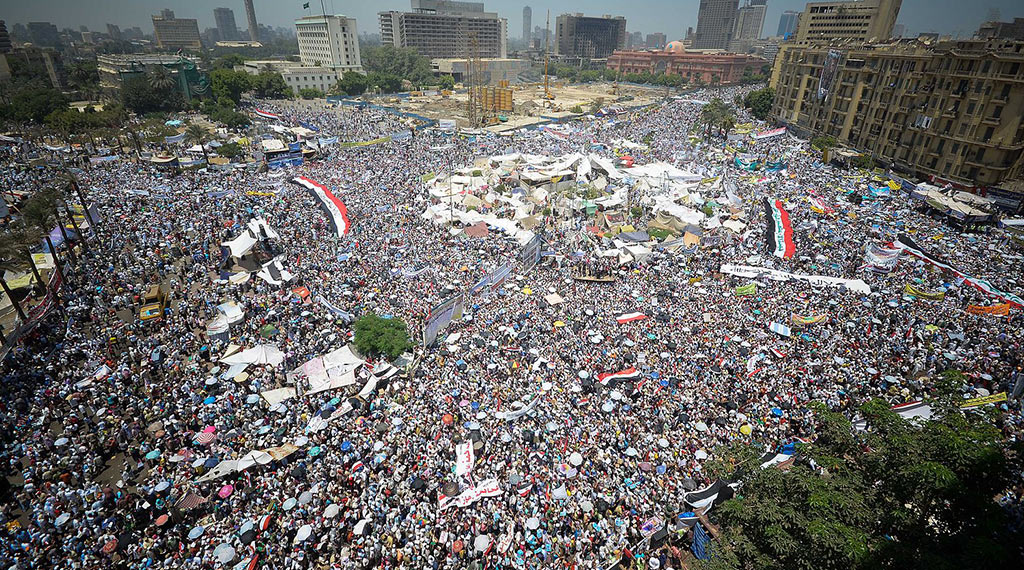
It has been 32 years since the Tiananmen Square massacre in Beijing. At the time, thousands of students were demonstrating peacefully in the Chinese capital, demanding democracy, freedom of speech and a free press in their country. Soon enough, the world witnessed one of the most brutal protest crackdowns in history, as the Chinese communist regime ordered its military forces to mow down the protesters and clear the square.The death toll among innocent young people may never be known, but estimates range from the hundreds to the thousands.
The Chinese Communist Party’s crime against its own people sparked global condemnation and prompted the US Congress to vote on imposing economic sanctions against Beijing for human rights violations.
After all these years, images of the infamous massacre remain in our memory, especially the iconic photo of a young Chinese man who challenged the CCP’s brutality by standing — alone and unarmed — in the path of a column of tanks as they left the square.
History repeated itself in 2019. This time it was in Iraq, where thousands of protesters took to the streets of Baghdad and the southern provinces to express their anger at the corrupt government, which had failed to provide them with essential public services and had opened the country up to foreign interference.
This month marks the second anniversary of the Iraqi Tiananmen.
While Iraqis cast their votes in Sunday’s early elections, which were called in response to the mass protests, the memory of Tahrir Square has been gradually erased from the global conscience, as if the thousands of Iraqi victims either did not exist or did not deserve to live.
The protest movement began in response to then-Prime Minister Adel Abdul Mahdi’s decision to demote Iraq’s famous counterterrorism chief, Lt. Gen. Abdul-Wahab Al-Saadi. Many Iraqi youths viewed that decision as a symbol of the extent of the rampant financial and administrative corruption in all government branches and political factions.
The people of Iraq could clearly see the level of foreign influence, Iranian in particular, and its impact on the decisions of their leaders, who were more loyal to the regime in Tehran than their own citizens. Fueled by anger, despair and the desire for change, the demonstrations grew more significant and included hundreds of thousands of people in the historic Iraqi capital and the centers of other provinces, such as Basra, Najaf, Dhi Qar, Maysan and Babil.
Click HERE to read more.
| This file by Ahmed Abd El-Fatah is licensed under the Creative Commons Attribution 2.0 Generic license. |
- Mamdani’s Mayoral Bid Reflects Rising Alliance Between America’s Democratic Socialists and Radical Political Islam - August 18, 2025
- Jordan arrests a wake-up call to Muslim Brotherhood threat - April 21, 2025
- Giving Muslim Extremists a Pass Is Reflected in Canada’s New Guide to ‘Islamophobia’ - March 27, 2025
